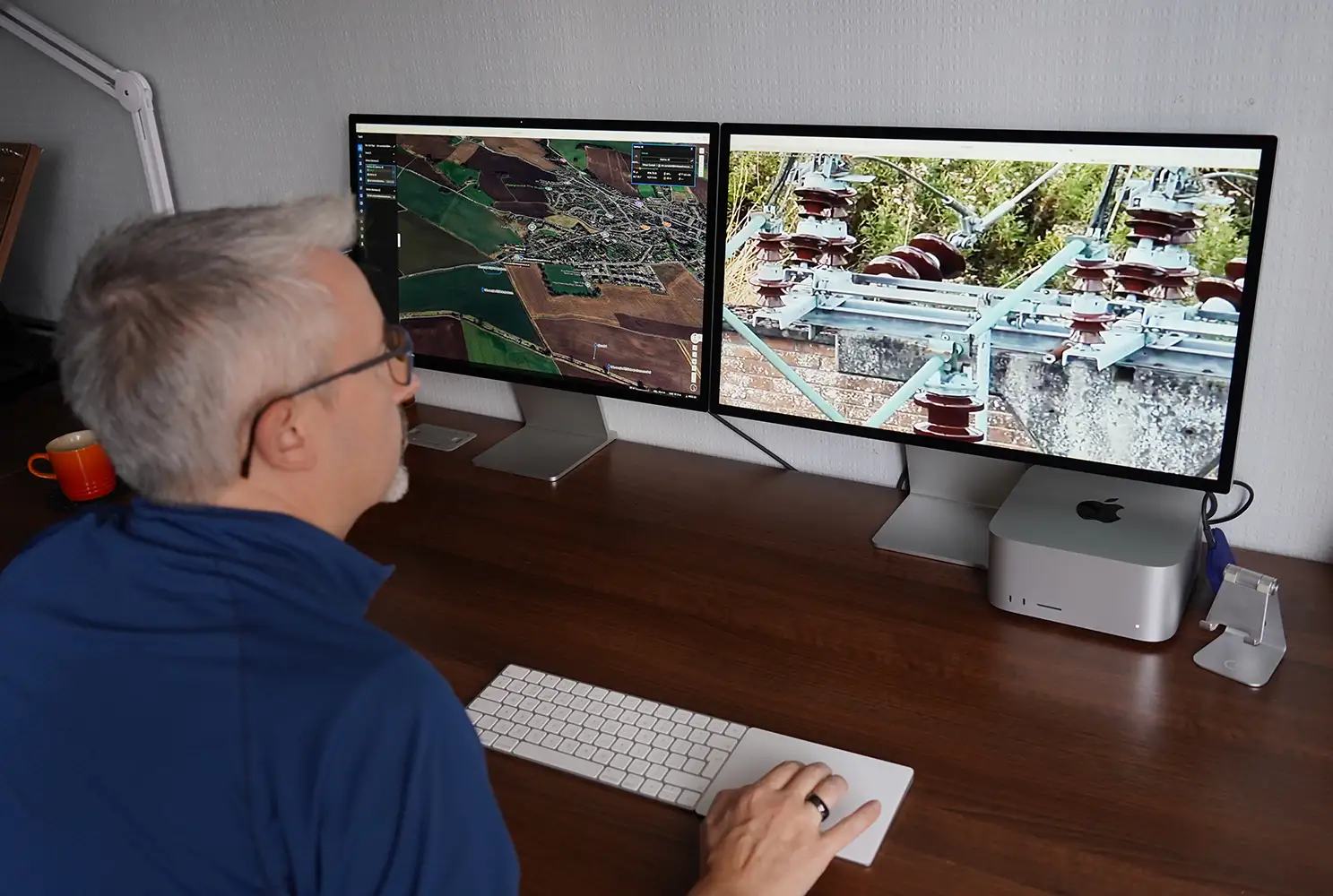The Rise of Drone Technology
In recent years, drone technology has transformed from a niche tool into a vital resource for industries worldwide. Among its many applications, drone remote monitoring has emerged as one of the most impactful capabilities, enabling businesses to track assets, monitor environments, and collect data in real time. With advanced sensors, high-resolution cameras, and long-range connectivity, drones provide a safer, faster, and more cost-effective way to gain insights from above.
What is Drone Remote Monitoring?
Drone remote monitoring refers to the use of unmanned aerial vehicles (UAVs) equipped with cameras, sensors, and communication systems to oversee operations from a distance. Instead of deploying staff into hazardous or time-intensive environments, drones can be flown remotely to capture aerial views, detect changes, and stream live video. This approach empowers decision-makers with accurate, real-time data while reducing risk and operational costs.
Industrial Applications of Drone Remote Monitoring
One of the greatest strengths of drone remote monitoring is its versatility. Across multiple industries, drones are helping organizations improve safety, efficiency, and productivity.
- Construction Monitoring: Drones provide ongoing aerial updates of construction sites, helping managers track progress, verify timelines, and ensure compliance with safety regulations.
- Energy Sector: In oil, gas, and renewable energy industries, drones inspect pipelines, power lines, and wind turbines, reducing downtime and preventing accidents.
- Agriculture: Farmers use drones to remotely monitor crops, detect irrigation issues, and assess soil health with advanced multispectral imaging.
- Environmental Monitoring: Conservation teams rely on drones to track wildlife, measure deforestation, and monitor remote ecosystems without disrupting natural habitats.
- Security and Surveillance: Drones act as mobile, aerial security cameras, monitoring perimeters and sensitive areas with live video feeds.
Advantages of Drone Remote Monitoring
Organizations adopting drone technology gain several competitive benefits:
- Enhanced Safety: Drones reduce the need for workers to enter high-risk environments such as rooftops, industrial plants, or hazardous terrains.
- Real-Time Insights: Live streaming and cloud-based data sharing enable instant decision-making from any location.
- Cost Savings: By reducing manual labor and expensive equipment use, drones cut operational costs while increasing efficiency.
- Scalability: Multiple drones can cover vast areas simultaneously, providing unmatched scalability for monitoring large projects or assets.
Future of Remote Monitoring with Drones
As drone technology continues to evolve, remote monitoring will become even more powerful. With artificial intelligence (AI), machine learning, and 5G connectivity, drones will be able to autonomously detect anomalies, predict maintenance needs, and integrate seamlessly with enterprise software systems. This innovation will not only streamline operations but also set new standards for safety and sustainability across industries.
Conclusion
Drone remote monitoring is no longer just an emerging trend—it is a proven solution that is reshaping industries. From construction and energy to agriculture and security, drones offer a cost effective, safe, and scalable way to oversee operations and gather critical data. Companies that embrace this technology today will gain a strategic edge, positioning themselves for long-term growth in an increasingly competitive marketplace.
